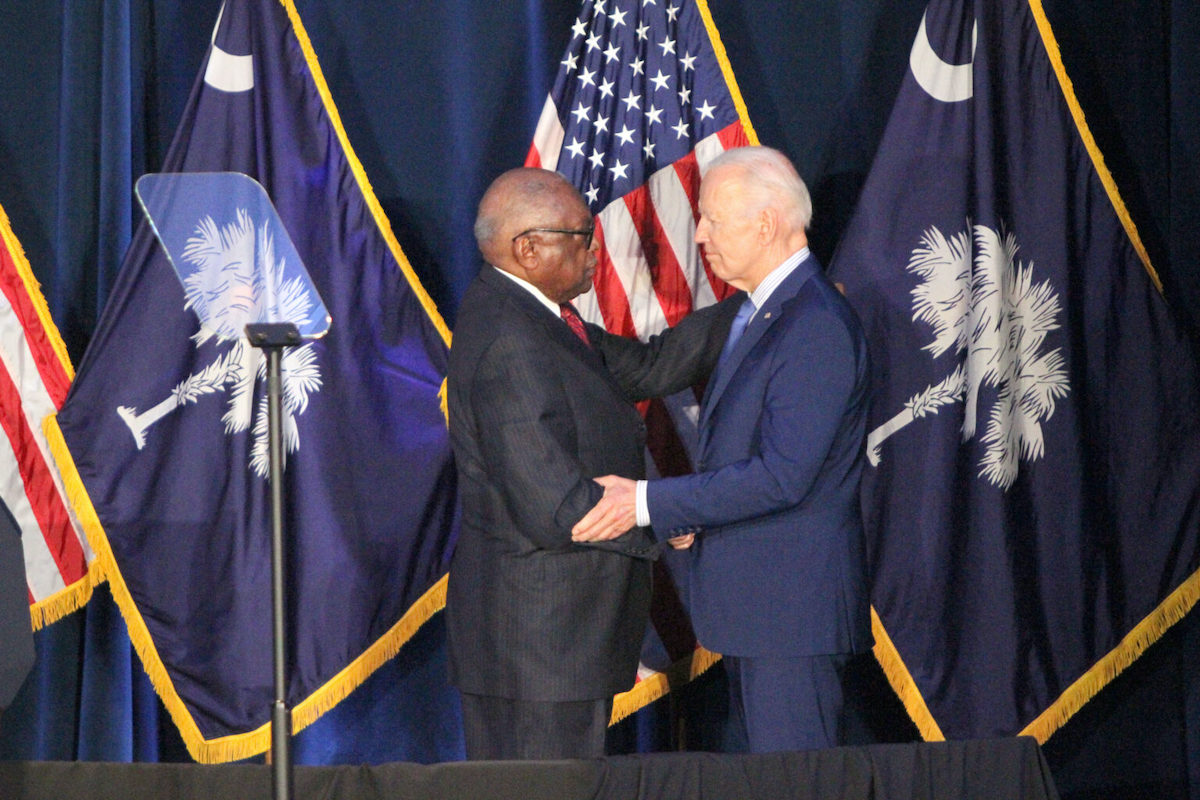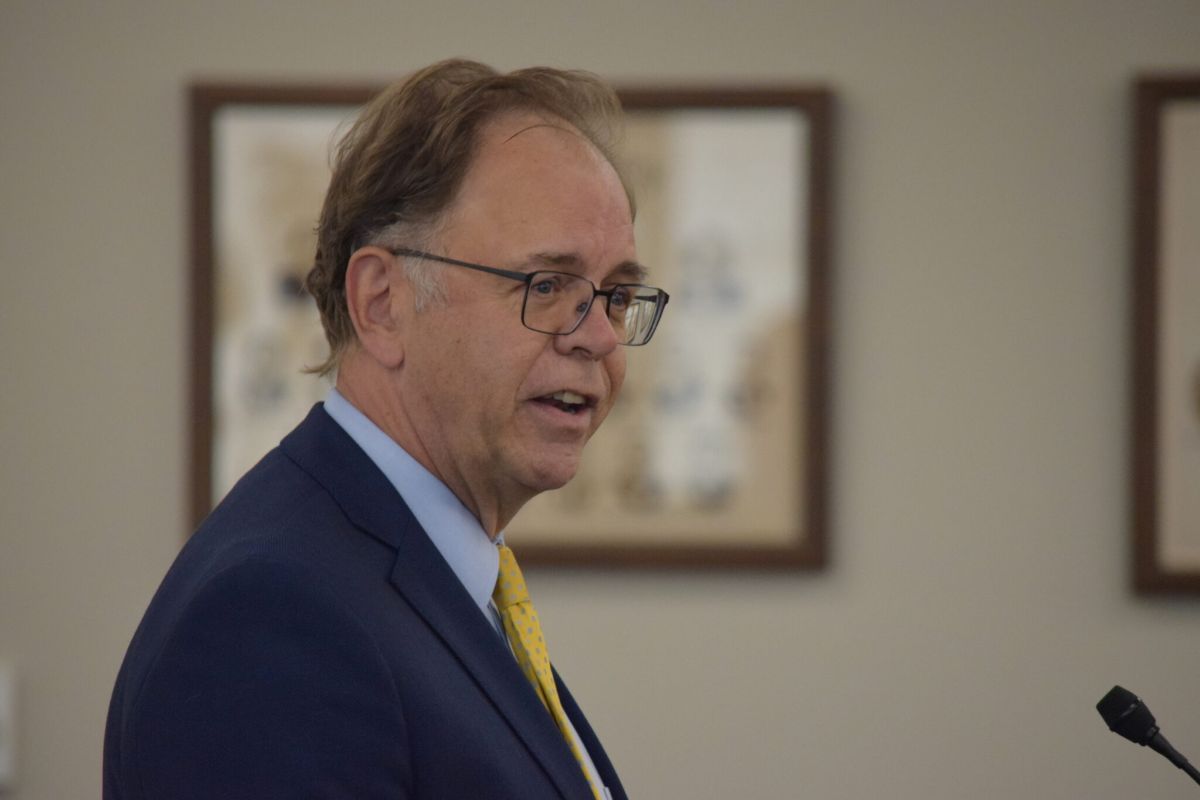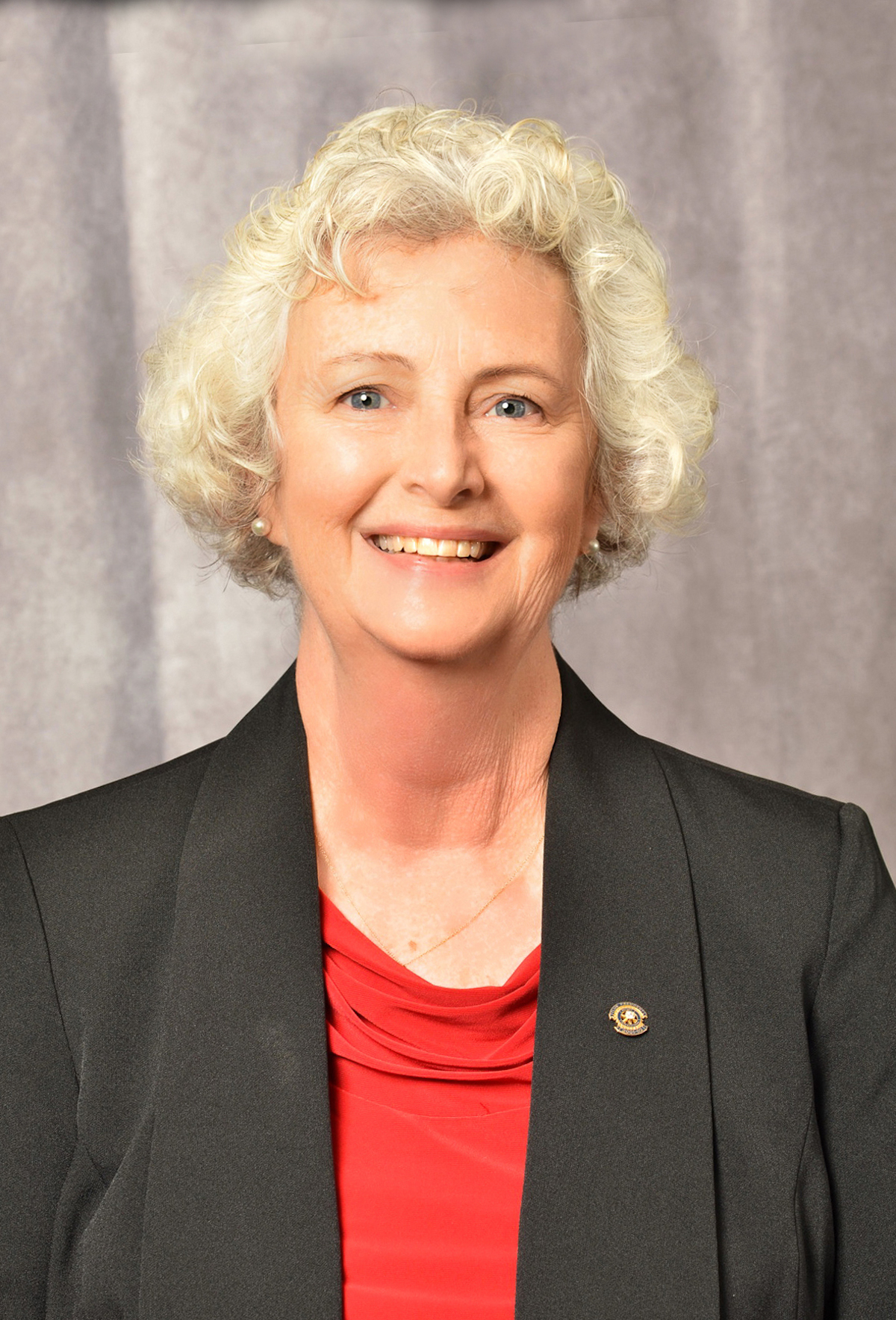By Abraham Kenmore
SCDailyGazette.com
COLUMBIA — Despite the U.S. Supreme Court striking down the Biden administration’s initial student loan forgiveness plan, nearly 48,000 South Carolinians have gotten their debts reduced or wiped out through his subsequent aid efforts, according to the U.S. Department of Education.
The four debt-relief programs rolled out since the June ruling have collectively eliminated more than $2.6 billion worth of South Carolinians’ student loans, as of April 8, according to the federal agency. That’s an average of more than $55,000 per person.
And it doesn’t include President Joe Biden’s latest plan unveiled earlier this month — a program U.S. Rep. Jim Clyburn believes should cause more young people to vote to re-elect Biden and put more Democrats in Congress.
Republicans and conservative outlets accuse Biden of trying to buy votes at all taxpayers’ expense. Clyburn characterizes it as voters helping themselves.
College students should ask themselves, “’Which one of these candidates is putting forth the kind of program that will help me when I leave this institution?’” Clyburn, the state’s lone Democrat in Congress, told the S.C. Daily Gazette. “I don’t have any problem with how they’re going to vote, if they’re just selfish about their vote.”
He fully expects the latest program to draw a legal challenge too, perhaps again from South Carolina Attorney General Alan Wilson, who joined with other GOP attorneys general to get the first program thrown out as an unconstitutional overreach of the president’s authority.
A coalition of Republican attorneys general, including Wilson, sued again March 28 to challenge Saving on a Valuable Education (SAVE), which restructures payments based on a borrower’s income and family size, then forgives balances after a certain number of years.
Guidelines for the newest plan just came out last week. So, Wilson’s office didn’t have additional comment on how it might respond to those. Instead, his spokesman pointed to his previous statement.
“Joe Biden does not have the ability to cancel debt. To keep an outlandish campaign promise, he abused power he didn’t have,” Wilson said in an April 1 release. “Facing a tough re-election, Biden is scrambling again. He knows he doesn’t have the power to cancel debt and thinks he can find a loophole around that. We’ll continue pushing against his unlawful federal overreach, no matter how long it takes.”
What the U.S. Supreme Court struck down 6-3 last year was supposed to cancel up to $20,000 in loans for 43 million people total nationwide. The plan was estimated to cost $400 billion, adding to the national deficit, according to the Congressional Budget Office.
The programs announced since help far fewer people — 4.3 million nationwide so far — but potentially provide far more debt relief per person, depending on the borrower and program.
The Biden administration touts $153 billion so far nationwide, an average of $36,000 per person.
According to guidelines posted last Tuesday by the Department of Education, the newest proposal would benefit some 25 million people who owe more money than they initially borrowed for their student loans due to compounding interest.
A 30-day public comment period started Wednesday. The administration’s goal is to start doling out the relief this fall, ahead of the November election.
No application is needed. It would automatically forgive up to $20,000 in debt in the difference between what someone initially borrowed and what they now owe due to interest. If a borrower is enrolled in an income-based repayment plan and earns less than $120,000 annually, they could get the entire growth wiped out, taking the debt back to the original amount borrowed. The administration estimates that will be the case for 23 million people.
“This new program is trying to reach those people” not yet covered, Clyburn said. “I just don’t believe that because you can’t do it all now, you should do none.”
Clyburn said he knows of a constituent in North Charleston who still owes almost twice the $60,000 he initially borrowed, even after making $200,000 total in payments over decades. Clyburn provided no further details on that situation.
“So when people are running around South Carolina, talking about ‘they borrowed this much and want us to pay it back,’ no, we want to stop this compounded interest,” he said.
Statewide, about 750,000 South Carolinians had some amount of student loan debt in 2021, according to the latest data available from the Federal Reserve Bank of New York.
Clyburn doesn’t know how many of the 25 million people nationwide potentially eligible for the newest plan live in South Carolina. And the U.S. Department of Education has not provided more information.
Clyburn, who’s expected to easily win a 17th term, stepped down from his Democratic leadership position in the House in February to focus on helping Biden win re-election.
As for a new court challenge, Clyburn thinks the administration has found a way around the legal issues.
“(Biden) has looked at the Supreme Court decision, and they have done some tweaking and modifying the program to address the issues” justices raised, he said.
It’s the justices’ fault, not Biden’s, that the earlier, $400 billion plan wasn’t implemented, Clyburn said.
“The Supreme Court did that,” he said. “But everybody is blaming Joe Biden because the Supreme Court took away his debt forgiveness program.”
Abraham Kenmore is a reporter covering elections, health care and more. He joins the S.C. Daily Gazette from The Augusta Chronicle, where he reported on Georgia legislators, military and housing issues.
S.C. Daily Gazette is part of States Newsroom, the nation’s largest state-focused nonprofit news organization.










